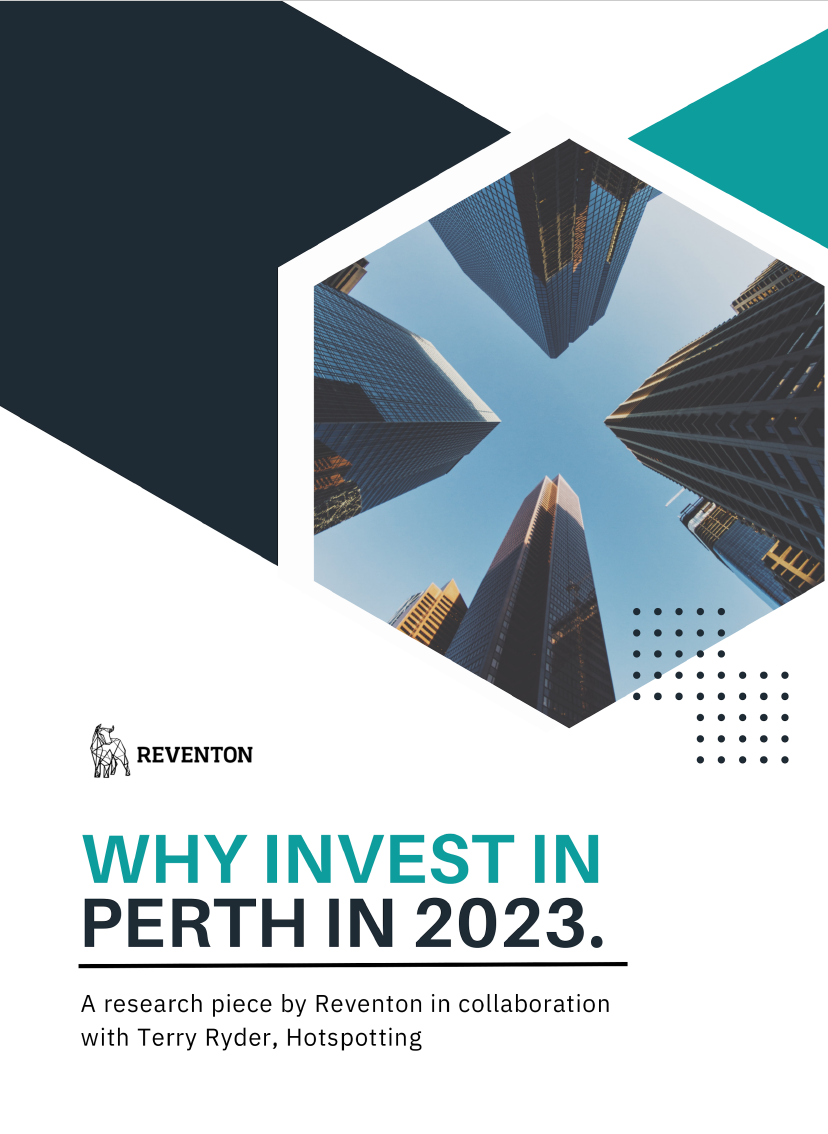This Week in Real Estate: Property news that you can trust

Prices Up 9% In 4 Months
The first four months of 2021 have witnessed an increase in Australian house prices by almost 9%. This is following a further rise of 2% in April, according to CoreLogic figures.
House prices rose in all 15 major markets, which includes eight capital cities and seven state regional markets, in April, with ranging increases of 0.5% in Regional WA to 2.7% in Darwin and Regional Tasmania, and 2.8% in Sydney.
House prices have increased by at least 6% in the year to date, in all the capital cities with Canberra up by 9%, Darwin by 10%, and Sydney by 11%. In the first four months of 2021 in regional Australia, NSW, Queensland, Victoria, and Tasmania have all risen 8-10%.
In annual terms, Regional Tasmania and Darwin have led the house price growth which have lifted 18% in the 12 months up until the end of April. Regional NSW and Canberra are both up by 16%.
Also rising are apartment prices with a 1.2% national increase in April, and 4.7% in the year to date. In annual terms, Regional Victoria leads the price increase pack at 14%, followed by Hobart with a 12% increase, and finally, Regional NSW with an 11% increase.

Home Loans Reach Record Levels
Home loans are reaching record levels with a 5.5% monthly rise in March, as reported by the data from ABS.
This provides further evidence of the entry of investors to the national boom market, with a 12.7% rise in loans for investor housing. The Property Council of Australia says lending to investors accounts for over half of the March rise in housing loan commitments.
According to the PCA, “Investor lending has seen a sustained period of growth since the 20-year low seen in May 2020”. They further state that, “the rise in March is the largest recorded since July 2003 and was driven by increased loan commitments to investors for existing dwellings”.
This is the first fall since the HomeBuilder grant was introduced in June 2020, with the value of owner-occupied loan commitments for the construction of new dwellings falling by 14.5%.
The biggest monthly loan increases during March were recorded in NSW, which were up by almost 10%, followed by Queensland, which were up by 5%.

Westpac Bullish On Economy, Property
Westpac has downplayed the prospect of regulators stepping in to curb the boom in house prices. They have also promised to become a leaner bank and slash $2 billion from the cost base within the next few years.
Australia’s rapidly rebounding economy, together with consumer sentiment at a decade-high, and a drop in soured loans, have enabled the bank to more than treble its half-year cash profit from $993 million to $3.5 billion.
Peter King, Westpac chief executive, has maintained his forecast on residential property prices increasing by 20% by the end of next year, further stating that most of the increase will now be fronted into 2021 before housing supply constraints east next year.
King has contrasted the current boom to previous cycles noting that the riskier interest-only segment was much lower this time.
He explains, “Last time, there was more investor activity, high LVRs and more interest-only lending. It’s not happening this time.”
No mandate has been made by the Australian Prudential Regulation Authority to contain growth in house prices. King believes that if lending standards do deteriorate, the APRA might then intervene.

State Blamed For Affordability Issues
States and territories are asked by the Federal Government to take responsibility for Australia’s housing affordability issues, further saying that local levies imposed on new developments are hurting first-home buyers.
Federal Housing Minister Michael Sukkar says the states need their “feet held to the fire” as they address rising house prices. Sukkar claims it is not up to the Commonwealth to fix the problem.
He believes every additional burden that is placed on developers by the states is passed on to consumers and aggravates the affordability problem.
This reproach of the states prompted NSW Planning Minister Rob Stokes to blame interest rates and federal tax rules for the prices pushing up.
Residential developers in outer suburban and regional growth areas are required to pay levies for infrastructure such as roads, parks and local services to state governments. They must also add to developer contributions collected by local councils which are overseen by state planning policies.
In new housing developments in Western Sydney, the contributions can amount to more than $80,000.

RBA Holds Firm: No Rate Rises
Reserve Bank governor Philip Lowe has reasserted everyone that the official interest rate will remain at near zero for at least another three years.
Lowe made this statement despite the unveiling of a sharply improved economic outlook which included a forecast that unemployment would drop by 5% by the year’s end, and to 4.5% by December of 2022.
At the RBA board meeting this week, the official cash rate was elected to remain steady at 0.1% where it has been since November 2020. In a statement following the meeting, Lowe says “the economic recovery in Australia has been stronger than expected and is forecast to continue”.
He believes the bank’s economists have composed further upward revisions to growth, with real GDP now predicted to lift 4.75% over 2021, versus the previous 3.5% prediction. Forecast growth in 2022 remains steady at 3.5%.
However, Lowe says the labour market recovery will not spark much in the way of inflation, with an estimate of 2% by the middle of 2023, versus a previous 1.75%.



















